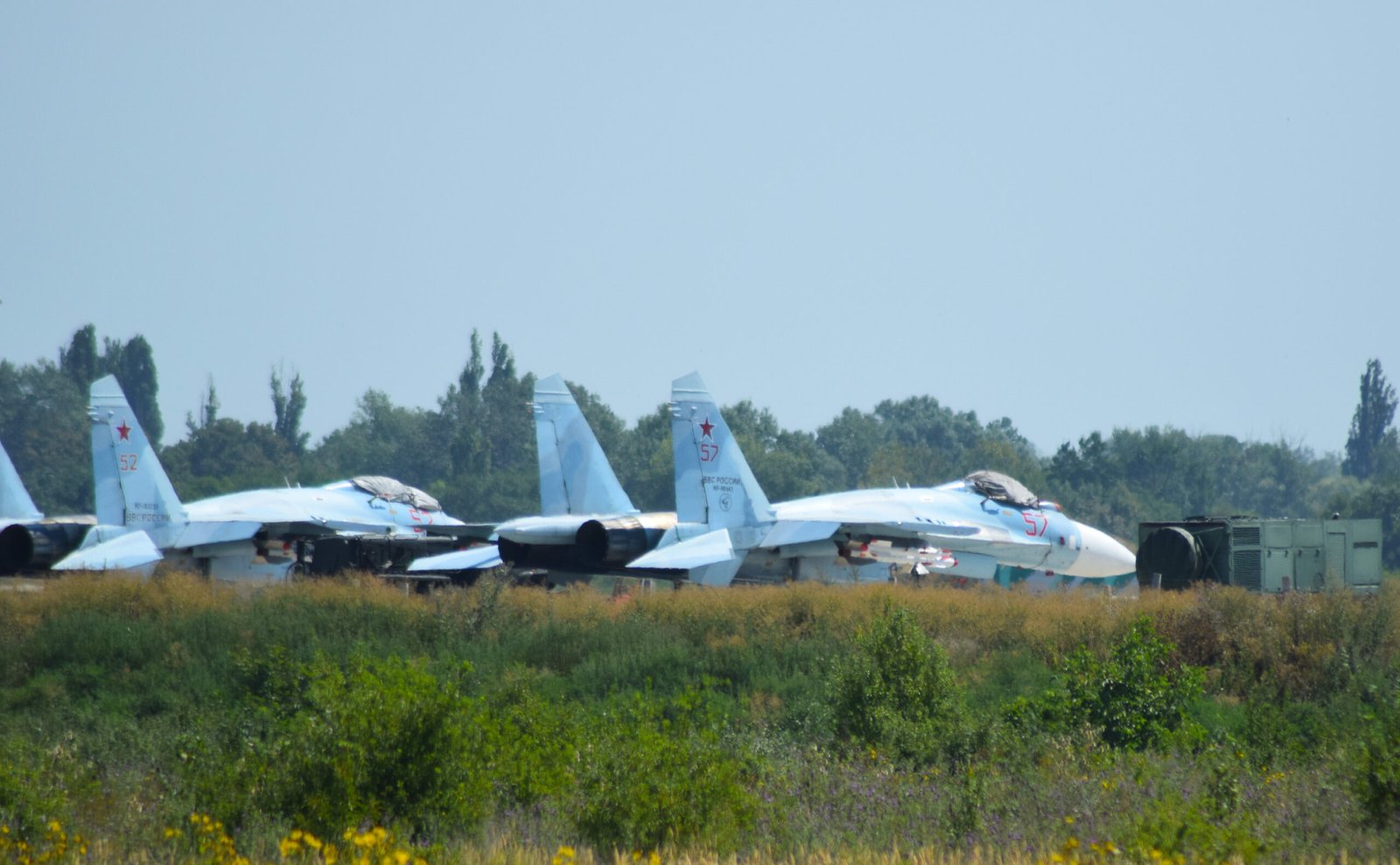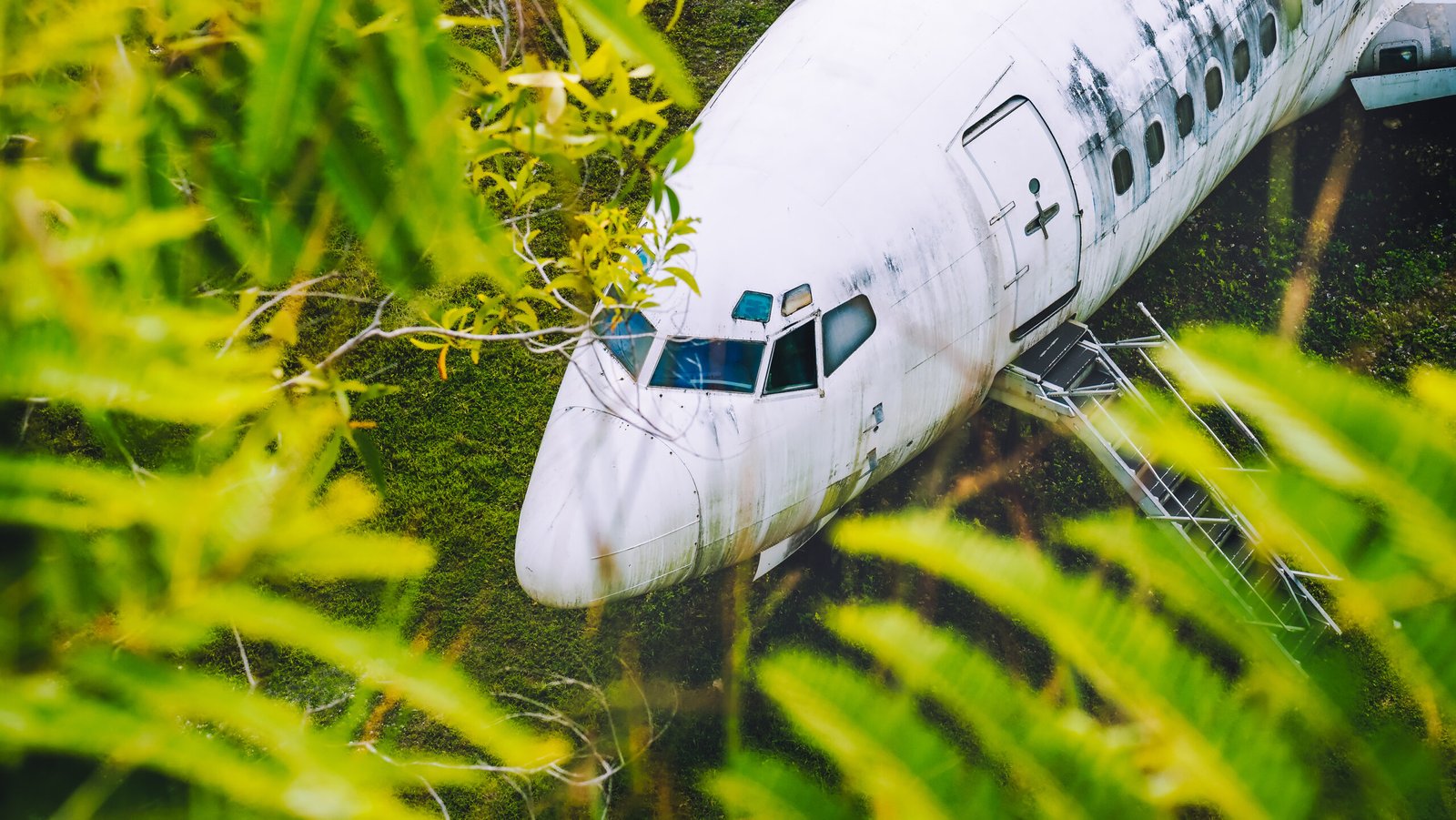FAA resources
From Vintage to Modern: A Journey Through Aviation History
Aviation, a realm where dreams take flight, has witnessed an extraordinary evolution from its humble beginnings in the early 20th century to today’s high-tech marvels. As we traverse this fascinating journey through aviation history, it’s crucial to recognize how technology and training have reshaped the industry, paving the way for aspiring pilots and enthusiasts alike.
Let’s start with technology training — a cornerstone of modern aviation. Simulators have become indispensable tools for pilot training. Gone are the days when novice aviators would take their first shaky flight in a real aircraft. Today’s simulators offer an immersive experience that mimics various flying conditions, from serene skies to stormy turbulence. These advanced systems allow trainees to familiarize themselves with aircraft controls and emergency scenarios without leaving the ground, significantly enhancing safety and confidence.
For those looking to dive deeper into aviation knowledge, numerous online resources exist. Blogs like “The Pilot’s Lounge,” “AirlineReporter,” and “Flying Magazine” provide insights into industry trends, pilot experiences, and technological advancements. Websites such as AOPA (Aircraft Owners and Pilots Association) offer up-to-date information on regulations and safety tips while fostering a vibrant community of aviation enthusiasts. Social media platforms like Instagram and Twitter have also become hotspots for aviation lovers. Accounts such as @aviationdaily showcase stunning aerial photography alongside news articles that keep followers informed about current events in aviation.

When it comes to formal education, online courses and ground schools have revolutionized pilot training accessibility. Platforms like Coursera and Udemy feature comprehensive courses designed by industry professionals that cover everything from basic aerodynamics to advanced navigation techniques. Ground schools prepare aspiring pilots for written examinations required by regulatory bodies like the FAA (Federal Aviation Administration). These programs offer flexibility for busy individuals balancing work or family commitments while pursuing their dream of soaring among the clouds.
Speaking of careers in aviation, job prospects abound! The demand for qualified pilots continues to grow due to increasing air travel worldwide. Airlines are on the lookout for well-trained candidates who can seamlessly transition from simulators to cockpits. Opportunities don’t stop at airlines; corporate jets, freight carriers, agricultural aviation — each presents unique career pathways catering to diverse interests.
In recent years, drones have emerged as game-changers within both recreational activities and commercial enterprises. These unmanned aerial vehicles are no longer just toys but tools used in various fields including agriculture, photography, delivery services, and even search-and-rescue missions! With drone technology advancing rapidly, regulatory bodies like the FAA are continuously updating guidelines regarding drone operation ensuring safety remains paramount.
To stay informed about these developments or seek guidance navigating through endless opportunities within the field of aviation consider visiting official FAA links which provide essential resources ranging from licensing requirements to safety regulations. Whether you’re an aspiring pilot eager for guidance or a seasoned professional seeking ongoing education—these resources connect you directly with valuable information at your fingertips.
In conclusion, as we reflect upon our journey from vintage biplanes taking flight over open fields to today’s sleek jetliners soaring above urban landscapes; one thing is certain—aviation will continue evolving at an unprecedented pace fueled by innovation in technology coupled with passionate individuals committed towards progress within this thrilling industry! So buckle your seatbelt; the future of flight awaits!

From Wright to Flight: A Journey Through Aviation History
Aviation has come a long way since the Wright brothers took their first powered flight in 1903. Today, technology has transformed how we learn, train, and operate within this dynamic field. The evolution of aviation is not just a story of aircraft; it’s also about the tools and resources that have shaped the industry.
One of the most significant advancements in aviation training is the use of flight simulators. These sophisticated devices replicate real-world flying conditions while keeping costs down and safety at the forefront. Simulators allow aspiring pilots to practice takeoffs, landings, and emergency situations without ever leaving the ground. Institutions worldwide are implementing these high-tech solutions into their curricula, making training more accessible and efficient.
For those looking to dive deeper into aviation knowledge or connect with enthusiasts, numerous blogs, websites, and social media platforms cater to all facets of this field. Websites like Airliners.net and FlightAware offer insights into flight tracking and airline operations while forums such as PPRuNe (Professional Pilots Rumour Network) provide a platform for pilots to exchange experiences and advice. Social media channels on platforms like Instagram feature stunning aerial photography alongside accounts dedicated to sharing news updates in aviation. Twitter also serves as an excellent resource for staying informed with breaking news from major airlines or regulatory bodies.

Online aviation courses have gained popularity in recent years, offering flexibility for those seeking to enhance their skills or pivot careers entirely. Ground schools provide foundational knowledge for aspiring pilots, covering essential topics such as navigation and meteorology. Institutions like Embry-Riddle Aeronautical University offer comprehensive online programs tailored for various levels—ranging from private pilot licenses to advanced degrees in aeronautics. With so many options available online, anyone can find a course that suits their schedule and learning style.
The demand for qualified pilots continues to soar globally; thus, job opportunities abound within this field. Airlines are actively seeking skilled individuals who possess both technical expertise and interpersonal abilities to excel in customer service roles as well as command positions in the cockpit. Platforms like PilotCareerCenter.com list job openings while providing guidance on resume-building tailored specifically for aviators.
Additionally, the rise of drones represents another exciting chapter in aviation history. Once limited primarily to military applications, drones are now utilized across various sectors—from agriculture monitoring to aerial photography—and their use is expected only to increase. As regulations evolve under organizations like the FAA (Federal Aviation Administration), individuals interested in drone piloting must stay informed about licensing requirements and safety guidelines through official FAA links such as FAA.gov/uas.
Navigating through this expansive world requires access to reliable resources; luckily today’s tech-savvy society provides ample tools at our fingertips. Whether you’re an aspiring pilot exploring online courses or simply someone fascinated by what lies above us—the sky’s no longer the limit! Embracing these innovations offers endless possibilities not just for career paths but also for hobbyists eager to take part in this captivating journey through time—a journey fueled by human curiosity and technological advancement that traces back over a century ago when two brothers dared dream big!

Behind the Cockpit Door: A Day in the Life of an Airline Pilot
When one imagines life as an airline pilot, thoughts often drift to the thrill of soaring through the clouds and commanding a massive aircraft. However, behind that cockpit door lies a world filled with rigorous training, advanced technology, and continuous learning. Let’s take a closer look at what it truly means to be an airline pilot in today’s aviation landscape.

*Aviation Technology Training**
The journey to becoming a pilot begins long before you ever step into the cockpit. Aspiring aviators must undergo extensive training that blends traditional methods with cutting-edge technology. Flight simulators play a crucial role in this process. These sophisticated devices replicate real-life flying scenarios, allowing pilots to practice maneuvers without leaving the ground. From handling emergencies to navigating tricky weather conditions, simulators provide invaluable experience.
Moreover, many airlines are increasingly incorporating virtual reality (VR) technology into their training programs. VR offers immersive experiences that can enhance situational awareness and decision-making skills—an essential aspect of piloting.
*Resourceful Online Learning**

In our digital age, knowledge is just a click away. Numerous aviation blogs and websites serve as treasure troves of information for both novice pilots and seasoned professionals alike. Websites like Airliners.net and PPrune.org provide forums for discussions on everything from technical issues to industry news.
Social media platforms have also become pivotal in connecting aviators across the globe. Twitter accounts such as @PilotNetwork offer insights into daily operations while Instagram showcases breathtaking views from the cockpit.
For those looking to deepen their understanding or even launch their career in aviation, online courses are a fantastic option. Platforms like Coursera and Udemy now offer comprehensive courses covering topics from aerodynamics to air traffic control procedures. Ground schools are essential too; they prepare students for FAA examinations while providing practical knowledge necessary for flight safety.
*Career Opportunities for Pilots**
Once trained, pilots can explore various job opportunities within the industry. While commercial airlines often attract most attention, there are many paths one can take—from cargo transport and charter flights to agricultural aviation or even flight instruction roles. The demand for qualified pilots continues to rise globally, making this profession an appealing choice for anyone fascinated by flying.
Yet it’s not just about traditional aviation anymore; drones have carved out their niche in recent years as well. As remote-controlled aircraft become increasingly sophisticated, they require skilled operators who understand airspace regulations and safety protocols—yet another avenue where aspiring aviators can find opportunity.
*Navigating Regulations and Resources**
Understanding regulatory frameworks is critical for any pilot’s success story. The Federal Aviation Administration (FAA) provides resources that cover everything from licensing requirements to safety guidelines—and they’re accessible online! Pilots should regularly check FAA links for updates regarding regulations or procedures that could impact their flying practices.
Additionally, staying informed about industry developments is vital; following reputable aviation organizations like AOPA (Aircraft Owners and Pilots Association) can keep you updated on legislation affecting air travel or advances in technology influencing how we fly.
In conclusion, life behind the cockpit door is multifaceted—a blend of education, practice, regulation compliance—and perhaps most importantly—a passion for flight that keeps pilots striving toward excellence every day they log hours in the sky. Whether through formal training via simulators or engaging with online communities dedicated to aviation enthusiasm—the path is filled with opportunities waiting to be seized!
Sky High Careers: Exploring Job Opportunities in the Aviation Sector
The aviation industry has long captivated dreamers and doers alike, offering a plethora of career paths that soar high above traditional jobs. With advancements in technology, the landscape of aviation is evolving rapidly, providing exciting opportunities for aspiring professionals. Whether you’re drawn to the cockpit as a pilot or prefer working behind the scenes, there’s a place for you in this dynamic field.
*Aviation and Technology Training: The Foundation of Your Career**
As with any profession, education is paramount in aviation. Various training programs integrate cutting-edge technology to prepare individuals for their future roles. Flight simulators have revolutionized pilot training by allowing students to experience real-world flying scenarios without leaving the ground. These high-tech devices replicate cockpit environments and flight conditions, ensuring pilots are well-prepared for any situation they may encounter.
Beyond piloting, many positions in aviation require specialized technical training. Mechanics and engineers must be proficient with modern aircraft systems and maintenance protocols. Therefore, enrolling in accredited programs that focus on both theoretical knowledge and practical application is essential.
*Online Aviation Courses and Ground Schools: Bridging Knowledge Gaps**
With the rise of online education platforms, obtaining an aviation-related certification has never been more accessible. Numerous online courses cover everything from basic flight principles to advanced aerodynamics. Ground schools offer comprehensive training that prepares pilots for their written exams while also enhancing their understanding of air traffic control procedures and regulations.
For those interested in becoming commercial pilots or private aviators, many institutions provide tailored courses that address specific needs within the industry. This flexibility allows you to learn at your own pace while managing other life commitments.
*Drones: A New Frontier**
In recent years, drones have emerged as a game-changer within aviation. They are not just toys; these unmanned aerial vehicles (UAVs) are being used across various sectors such as agriculture, filmmaking, logistics, and surveillance. This burgeoning field has created numerous job opportunities ranging from drone operators to regulatory specialists who ensure compliance with FAA guidelines.
As drone technology continues to evolve, so do career prospects related to it. Pilots looking for innovative avenues can explore roles within companies developing drone delivery services or even start their own UAV-focused enterprises.

*Connecting Through Online Communities**
Staying updated on industry trends is crucial for anyone serious about pursuing an aviation career. To help guide your research journey, here’s a list of valuable resources:
**Aviation Blogs:** Websites like *AirlineReporter.com* and *FlyingMag.com* offer insights into current events and innovations.
**Social Media Groups:** Platforms such as Facebook host numerous groups dedicated to aspiring pilots or enthusiasts sharing experiences.
**Professional Associations:** Organizations like the Aircraft Owners & Pilots Association (AOPA) provide forums where members can network and exchange ideas.
Additionally, following hashtags such as #AviationJobs or #DronePilot on Twitter can help you discover real-time discussions around job openings or emerging technologies.
*FAA Resources: Navigating Regulations**
For those considering careers involving piloting or drone operations, familiarity with Federal Aviation Administration (FAA) regulations is vital. Their official website offers extensive resources including guides on licensing requirements for pilots and essential information regarding drone operation standards.
In conclusion, if you’re aiming sky-high when it comes to your career aspirations in aviation, rest assured there are myriad pathways available—each filled with excitement and potential growth! Whether through rigorous training programs or innovative technologies like drones, your journey in this field promises adventure at every turn!



